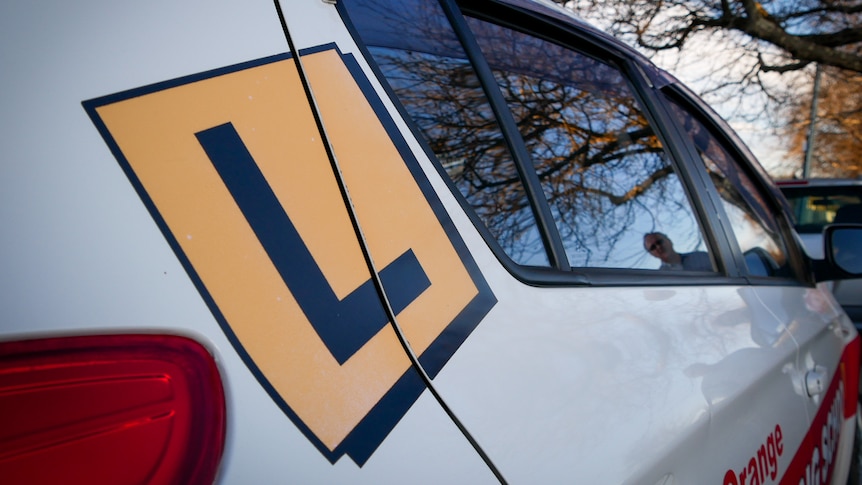Driving instructors and the trucking industry want speed limits for learner drivers in New South Wales to be lifted or increased, citing safety concerns on regional roads.
Key points:
- The association representing driving instructors wants speed restrictions for learner drivers abolished
- The trucking industry says the rules create problems in areas without overtaking lanes
- Transport for NSW says there is no evidence removing learner limits will improve safety
Learner and red P-plate drivers in NSW cannot exceed 90 kilometers per hour while driving, even if a road’s speed limit is higher.
A state parliamentary committee is currently holding an inquiry into speed limits and road safety in regional areas.
The NSW Driver Trainers Association believes novice speed restrictions should be removed.
Vice president Christine Hillis said the rules increased travel time and fatigue, and could encourage other motorists to attempt risky overtaking.
She said regional roads that did not have adequate overtaking lanes were of particular concern.
“It just puts pressure on everyone else that uses the roads,” she said.
“In every other state on the eastern seaboard the learner drivers can drive at close to the speed limit.”
New South Wales learner drivers used to be capped at 80kph until it was increased in 2013.
Queensland, Victoria and the ACT do not have similar speed restrictions for their learner drivers but the Northern Territory limits learners to 80kph and South Australian novices are capped at 100kph.
Stressful situations
Graham Kidson runs a driving school in Orange, in the state’s central west, and argued a learner driver following the rules could cause dangerous situations on regional roads.
“Traffic is building up behind them, it makes them more anxious, and people tend to do silly things to encourage the learner to go faster or tend to take risks to overtake,” he said.
The driving instructor of more than 15 years believed brand new drivers should not be out on the highway.
“But by the time they get to the stage where they can move onto the highway, there’s certainly an advantage if they can keep up with the speed of the traffic,” Mr Kidson said.
trucking concerns
Safety advocates from the trucking industry have also thrown their weight behind the calls to get rid of probationary speed limits.
President of the National Road Freighters Association Rod Hannifey said the rules created delays and caused extra fatigue for truck drivers.
“If we had four-lane highways everywhere that would be really nice, but we’re all realistic,” he said.
“and [drivers] that are learning in rural areas are more likely to be on a two-lane road with trucks that have logbooks and time requirements and need to manage their fatigue.”
He said it was also important that beginner drivers got practice traveling at the speed limit.
“Give them the opportunity to at least do a reasonable highway speed instead of making them another obstacle,” he said.
“They don’t have to travel at the limit, but it gives them more options to flow with the traffic and learn with less duration.”
no evidence
Transport for New South Wales said there was no evidence that increasing speed limits for novice drivers would reduce fatigue related crashes.
The deputy secretary of safety, environment and regulation, Tara McCarthy, said novice drivers were still developing necessary skills and experience.
“In recognition of this and the higher crash risks that these drivers face as a result of inexperience, NSW has implemented the Graduated License Scheme [learner speed limits],” she said.
The agency said since the scheme was implemented in June 2000, driver fatalities for those aged 25 years and under had reduced by 58 per cent.
“These speed restrictions, combined with a zero tolerance approach to speeding offences, are in place to manage risk and young driver trauma,” Ms McCarthy said.
.
